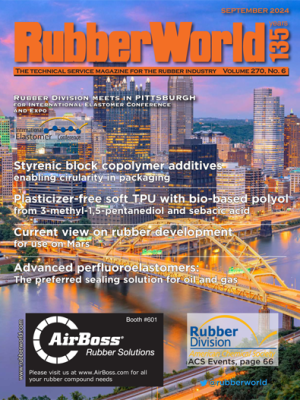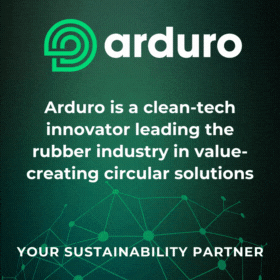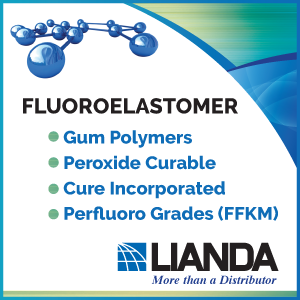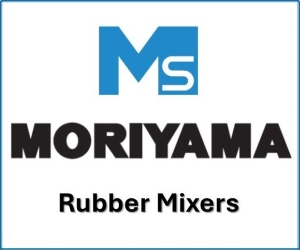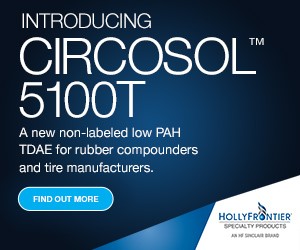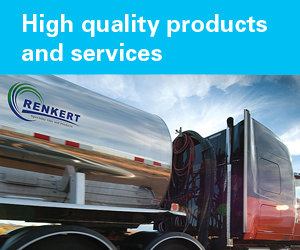Today's News
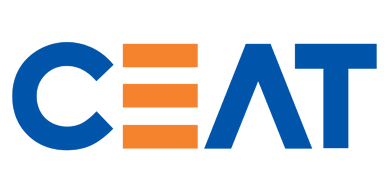
Ceat announces major capacity expansion at Chennai plant
Ceat Ltd. announced a significant capacity expansion project at its Chennai plant. This strategic initiative aims to enhance production capabilities and meet the growing demand for high-quality tires in both domestic and international markets. The expansion underscores Ceat’s commitment to innovation, excellence, and customer satisfaction.
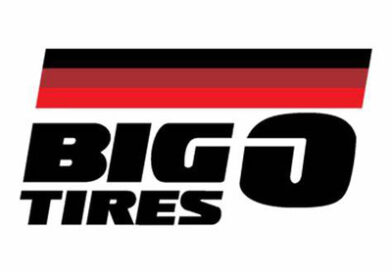
Big O Tires Scholarship Fund awards $137,000 to 34 students
The Big O Tires Scholarship Fund was created to support Big O Tires employees, franchise owners and their shop employees, plus their immediate family members, with pursuits for additional education at a college, university or trade school. Since it was established in 2003, 428 students have received nearly $1,000,000 in financial assistance to help them pursue their dreams. Big O Tires scholarship recipients are selected based on a number of criteria, including academic record, extracurricular participation, financial need and more.

RDAbbott hosting free webinar on regulatory challenges for silicone in medical devices
On Thursday, November 7, 2024, from 11 AM – 12 PM (ET) DuPont will present “Navigating the Evolving Regulatory Challenges for Silicone Materials in Medical Device Applications” in a free webinar hosted by RDAbbott. Sabine Springael, DuPont’s Global Healthcare Product Steward and Regulatory Senior Consultant, will be the featured presenter.

H.B. Fuller appoints Terry Rasmussen chair of board of directors
H.B. Fuller Company announced that Teresa (Terry) J. Rasmussen has been appointed Chair of the company’s Board of Directors following the retirement of Lee R. Mitau, effective January 22, 2025.

Hankook to supply Ventus S1 evo tires as original equipment on BMW M5
Hankook Tire is supplying the specially matched Ventus S1 evo Z UUHP (ultra ultra-high performance) tire as original equipment for the new BMW M5.
The brief for the high-performance saloon, now in its seventh model generation, was a meticulously tuned tire. The reason the tires need to meet special requirements is due to the introduction of an electrified drive system in the luxury-class model from BMW M GmbH for the first time in its 40-year history. These requirements include a high load capacity for effortless handling of the PHEV (plug-in hybrid) model. On the other hand, the excellent grip was required to transmit the system output from the V8 engine and electric machine of 535 kW/727 PS, as well as the maximum system torque of 1,000 Newton meters to the road in a controlled manner.

Brenntag celebrated its 150-year anniversary
Brenntag held a celebration to mark its 150-year anniversary in Essen, Germany, where the DAX40 company is headquartered. The ceremony included many guests from the chemical industry, customers, suppliers and other business partners as well as honored guests like Germany’s Chancellor Olaf Scholz.
In his speech and in his conversation with Brenntag CEO Christian Kohlpaintner, the Chancellor emphasized the importance and the needs of the chemical industry and highlighted the success story of Brenntag. As a distributor, the company connects its more than 1,000 suppliers with around 180,000 customers worldwide.
Featured Articles

Current view on rubber development for Mars
by Rafal Anyszka, University of Twente and University of Akron; Anke Blume and Wisut Kaewsakul, University of Twente; Li Jia,
Industry Spotlight

Jing Day Machinery Industrial Co., Ltd.
Jing Day Machinery Industrial Co., Ltd. is a supplier of total rubber and silicon molding machine and related solutions for our global clients. We are committed to design, fabrication (manufacturing), marketing and all services related to rubber and silicon molding machine, our most popular models being the auto-production of rubber molding machines. Our most specialty expertise is in vertical injection molding machines and hydraulic molding machines
Mixing
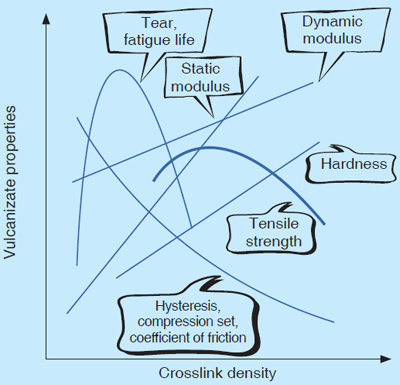
Utilization of AI driven solutions for rubber compound formulation: A practical approach
The integration of artificial intelligence (AI) into various industrial sectors has spurred remarkable progress in the field of manufacturing process development. This concept has been extended to polymer compound formulations, where AI techniques have been used to optimize rubber formulations as well. Furthermore, it is conceivable that mixtures of other polymers, such as TPEs, thermoplastic materials or polyurethane compounds, could be similarly treated. Advantages of employing AI driven tools include reduced development time, enhanced efficiency and increased accuracy.
Chemicals and Materials
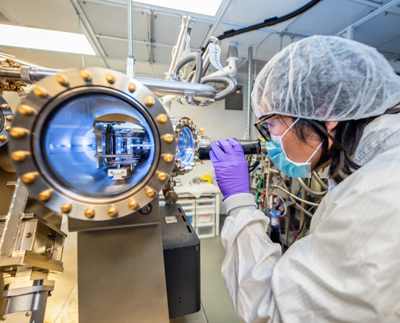
University of Michigan researchers create artificial photosynthesis system that converts CO2 into ethylene
Researchers at the University of Michigan have developed a new artificial photosynthesis system that can bind two carbon atoms together into a hydrocarbon. The resulting product is ethylene and this method has demonstrated a remarkable ability to produce it efficiently, abundantly, and consistently compared to other artificial photosynthesis systems currently in use. The resulting ethylene, an important ingredient of many plastics, with much higher efficiency, yield and longevity than competing systems is a key step toward reusing CO2 to make sustainable fuels.
Extrusion

Enhancing extruded automotive door seals
Friction induced noise in automotive door seals is mitigated with highly durable water-based coatings having a low coefficient of friction.
Silicone & Medical
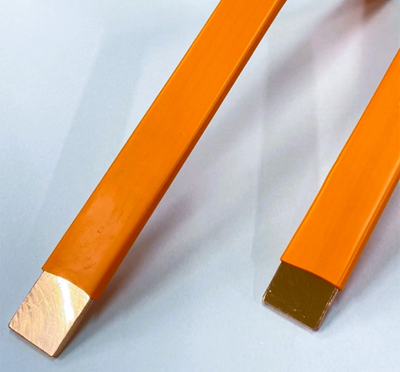
Shin-Etsu develops a heat-shrinkable silicone rubber tubing for busbar covering
Shin-Etsu Chemical Co., Ltd. has developed a ST-OR Type heat-shrinkable silicone rubber tubing for busbar covering for the first time in the industry.
A busbar is a conductive metallic strip, typically made of copper or aluminum, and is used for power connection or distribution. Busbars have found wide-ranging applications and grown in demand for use not only in switchboards and control panels but also in electric vehicles (EVs) and hybrid vehicles (HEVs) more recently.
Oil, Gas & Energy
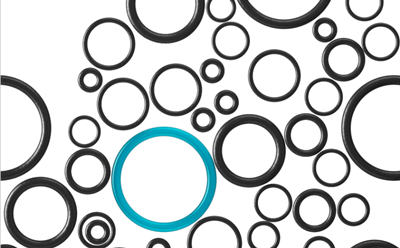
Advanced perfluoroelastomers: The preferred sealing solution for oil and gas
The technology for sealing has considerably advanced since it was first developed in the late 1800s. It is crucial to
Testing & Instruments
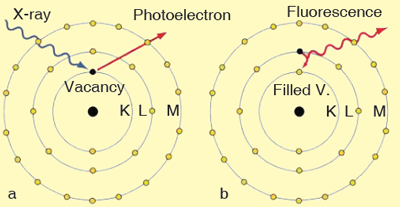
Quantification of sulfur distribution on rubber surfaces via μ-x-ray fluorescence analysis
A measurement technique makes it possible to scan surfaces of several cm2 to show the distribution of different chemical elements.
Molding
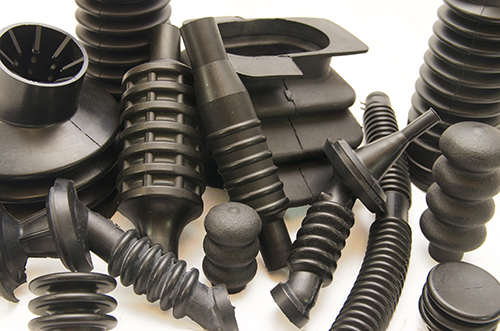
Global rubber molding market forecast at $109 billion by 2034
The global rubber molding market is poised for significant expansion, with its valuation projected to reach USD 54.2 billion by 2024 and surge to USD 109.3 billion by 2034 according to Future Market Insights. This robust growth is anticipated at a compound annual growth rate (CAGR) of 7.3% throughout the forecast period. The increase in demand for rubber molding is driven by its wide applications across various industries, including automotive, aerospace, and consumer goods, where it plays a crucial role in producing high-quality, durable components. As industries continue to advance and seek more efficient manufacturing solutions, the rubber molding market is set to experience substantial development and opportunity.
Thermoplastic Elastomers & Urethanes

Unique features of plasticizer-free soft TPU made with bio-based polyol from 3-methyl-1,5-pentanediol and sebacic acid
by Shun Okura, Kunio Mayahara and Hoan Tran, Kuraray Thermoplastic polyurethane (TPU) is a multiblock copolymer that consists of a
Latex and Natural Rubber
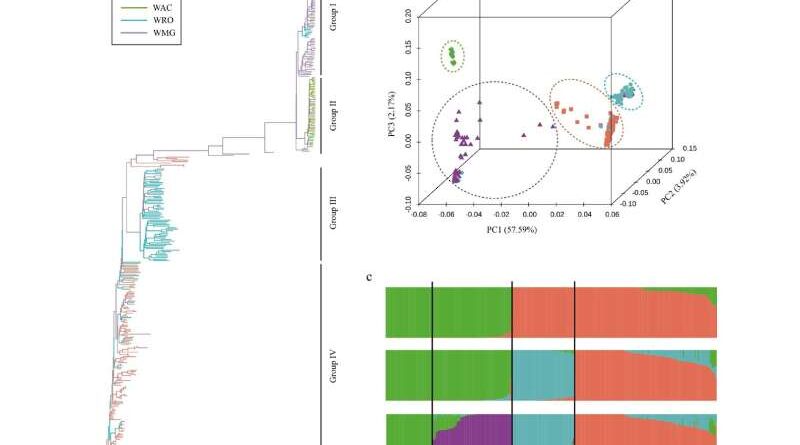
Researchers develop molecular markers for breeding of the rubber tree
A research team from Chinese Academy of Tropical Agricultural Sciences has developed and validated a liquid single nucleotide polymorphism (SNP) chip named “HbGBTS80K,” which includes 80,080 SNPs evenly distributed across 18 chromosomes. This SNP chip effectively distinguished 404 rubber accessions into four groups in population genetic diversity analysis and detected the major gene HbPSK5 in GWAS for the number of laticifer rings. The HbGBTS80K chip is a valuable tool for accelerating functional studies and molecular breeding in rubber trees, addressing the inefficiencies of traditional breeding methods.
The September Issue of Rubber World
Sponsored by:
This issue focuses on
Thermoplastic Elastomers & Urethanes
The issue is available online to our subscribers via our digital edition.
To subscribe, click here. For advertising information click here.




